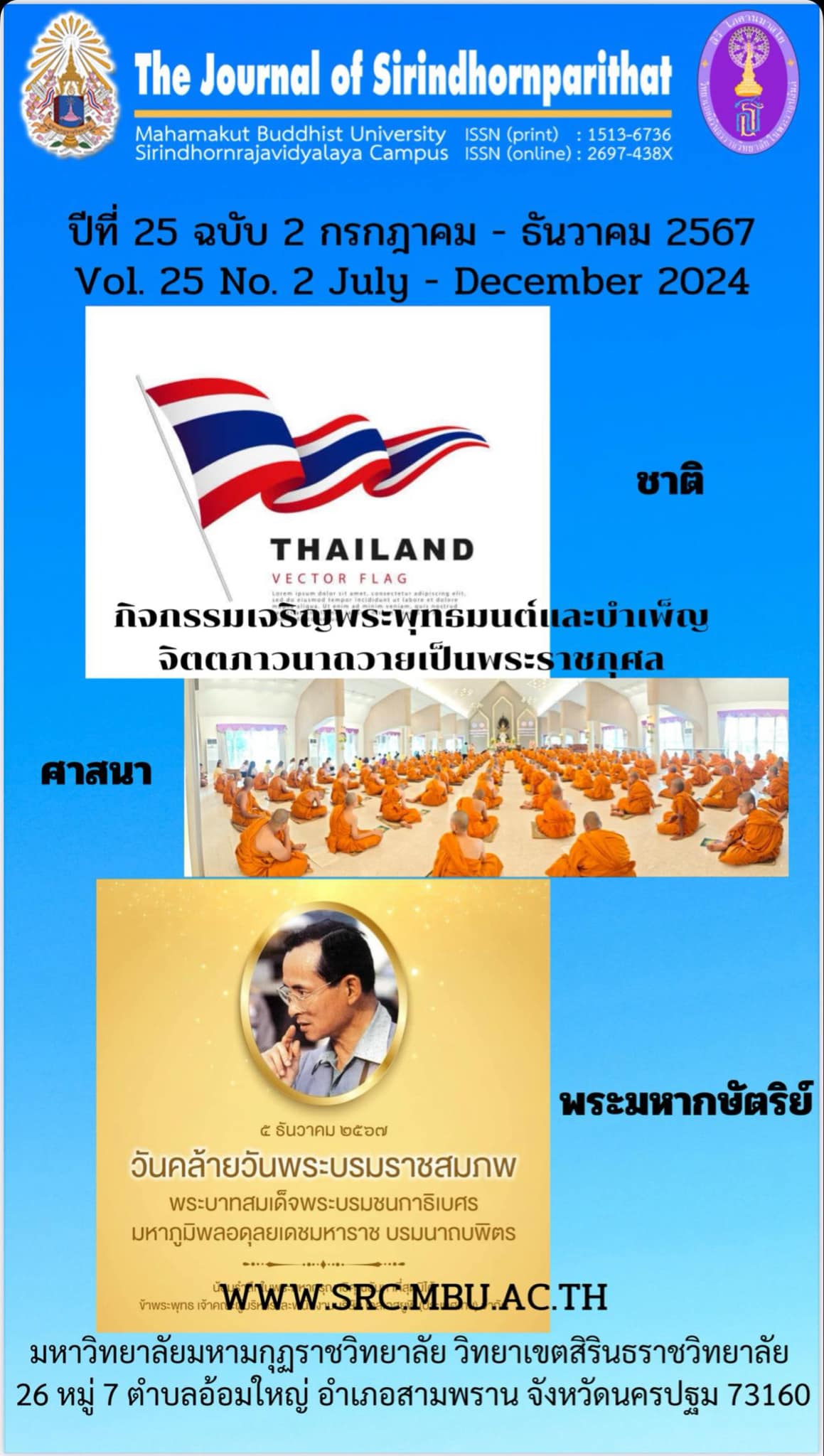Tracing and Exploring the Influential Factors of Erhu Works with Northern Chinese Style
Keywords:
Northern Chinese style, Erhu works, influence factorAbstract
In the new era of the development of Chinese traditional culture, "the Belt and Road" and "telling Chinese stories well", a new upsurge of inheritance of the performance art of traditional erhu works has been set off in the music industry. This article traces the influencing factors of the performance art of Chinese northern style erhu works, explores why northern dialects, folk music, and special style performance techniques are inevitable factors affecting the formation of "northern style" erhu works, and explores the reasons why their performance art presents a distinct "northern Chinese flavor" characteristic. Intended to compensate for the limitations of current research on single works and further improve systematic research in this field.The research findings indicate that:
1.Dialects can affect not only the beat and rhythm, melody and direction of music, but also the tone and flavor of music, as well as the categories of folk music.
2. Some works directly use folk song names and their melodies or related stories, while others use northern rap or opera music elements.
3.The special techniques of left hand string pressing, right hand bow movement, and two hand coordination have added the finishing touch to the artistic expression of the work.
References
Chen, Y.R. (2020). Study on the Application and artistic Manifestation of Opera
Elements in Erhu Works (Master’s Thesis, Northwest University for Nationalities). https://kns.cnki.net/kcms2/article/abstract?v=_AqZbjAWWJTQx-6WlpgU0xoLsfn2DqLrJ7E7MHyoJ4Grjy_0lH5XQQ9A9a-bQZ7WDs1YuuRKGhJarT-70kKndFweEmqwD7gTabKeC6SmT2dIzkg25CeS-LItrHc1VmKDiIxuG76TGY4=&uniplatform=NZKPT&language=CHS
Feng, G.Y. (1989). The Open System of Folk Music -- Listening to the “Sixth Huaxia
Sound” -- the Enlightenment of Liaoning Trumpet Music. Music of the People
(03), 13.
Han, J. (2020). The Application of Hebei Folk Music in the Erhu Works of the Hebei
School and the Study on the Connotation of Intonation. Art Review (06), 31-32.
He, W. (1980). Study on the Folk Character of Opera Music. Studies in Literature and
Art (02), 86-97.
Hu, Z.P. (2012) Rich, Hearty, Elegant, and Simple - Reflections on Song Guosheng’s
Erhu Performance Art. Chinese Music (01), 132-133.
Jia, M. (2005). The Influence of Qin Opera Music on Shaanxi Erhu Art. Music of
China (03), 169-171+174.
Jiang, M.D.(1982). Introduction to Han Folk Songs. Shanghai: Shanghai Music
Publishing House.
Jiang, H.M. (2021). Curling and Lingering Dialect: A Discussion on the Use of
Dialect in Contemporary Quyi Works. Quyi (08), 45-47.
Jin, M.C. (1989). Characteristics and Singing of Dialects. Music of China (03), 33-35.
Li, J.T. (2004). Introduction to Structural Analysis of Chinese Music. Beijing: Central
Conservatory of Music Press.
Li, R.L. (2005). Research on Dialects and Regional Culture. Journal of Quanzhou
Normal University (01), 48-56. doi:10.16125/j.cnki.1009-8224.2005.01.009.
Downloads
Published
Issue
Section
License
Copyright (c) 2024 Mahamakut Buddhist University

This work is licensed under a Creative Commons Attribution-NonCommercial-NoDerivatives 4.0 International License.
บทความที่ได้รับการตีพิมพ์เป็นลิขสิทธิ์ของ มหาวิทยาลัยมหามกุฏราชวิทยาลัย วิทยาเขตสิรินธรราชวิทยาลัย
ข้อความที่ปรากฏในบทความแต่ละเรื่องในวารสารวิชาการเล่มนี้เป็นความคิดเห็นส่วนตัวของผู้เขียนแต่ละท่านไม่เกี่ยวข้องกับหาวิทยาลัยมหามกุฏราชวิทยาลัย วิทยาเขตสิรินธรราชวิทยาลัย และคณาจารย์ท่านอื่นๆในมหาวิทยาลัยฯ แต่อย่างใด ความรับผิดชอบองค์ประกอบทั้งหมดของบทความแต่ละเรื่องเป็นของผู้เขียนแต่ละท่าน หากมีความผิดพลาดใดๆ ผู้เขียนแต่ละท่านจะรับผิดชอบบทความของตนเองแต่ผู้เดียว




